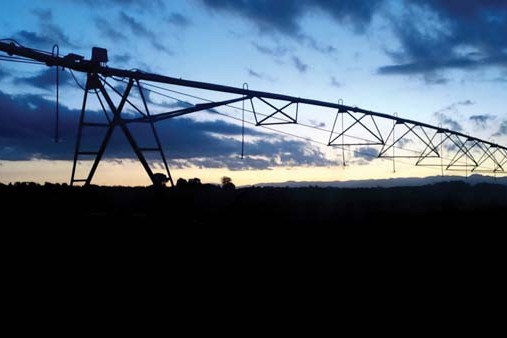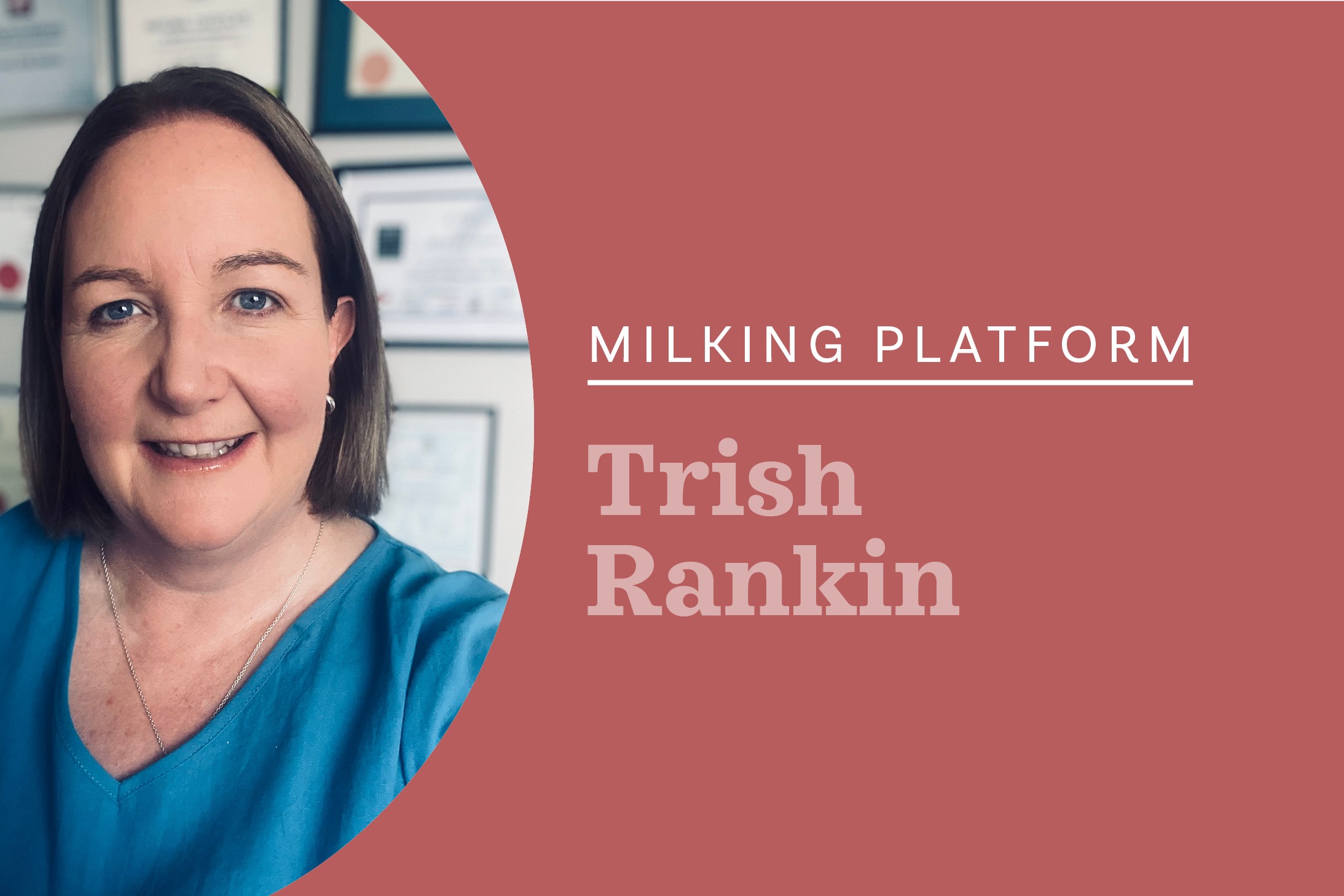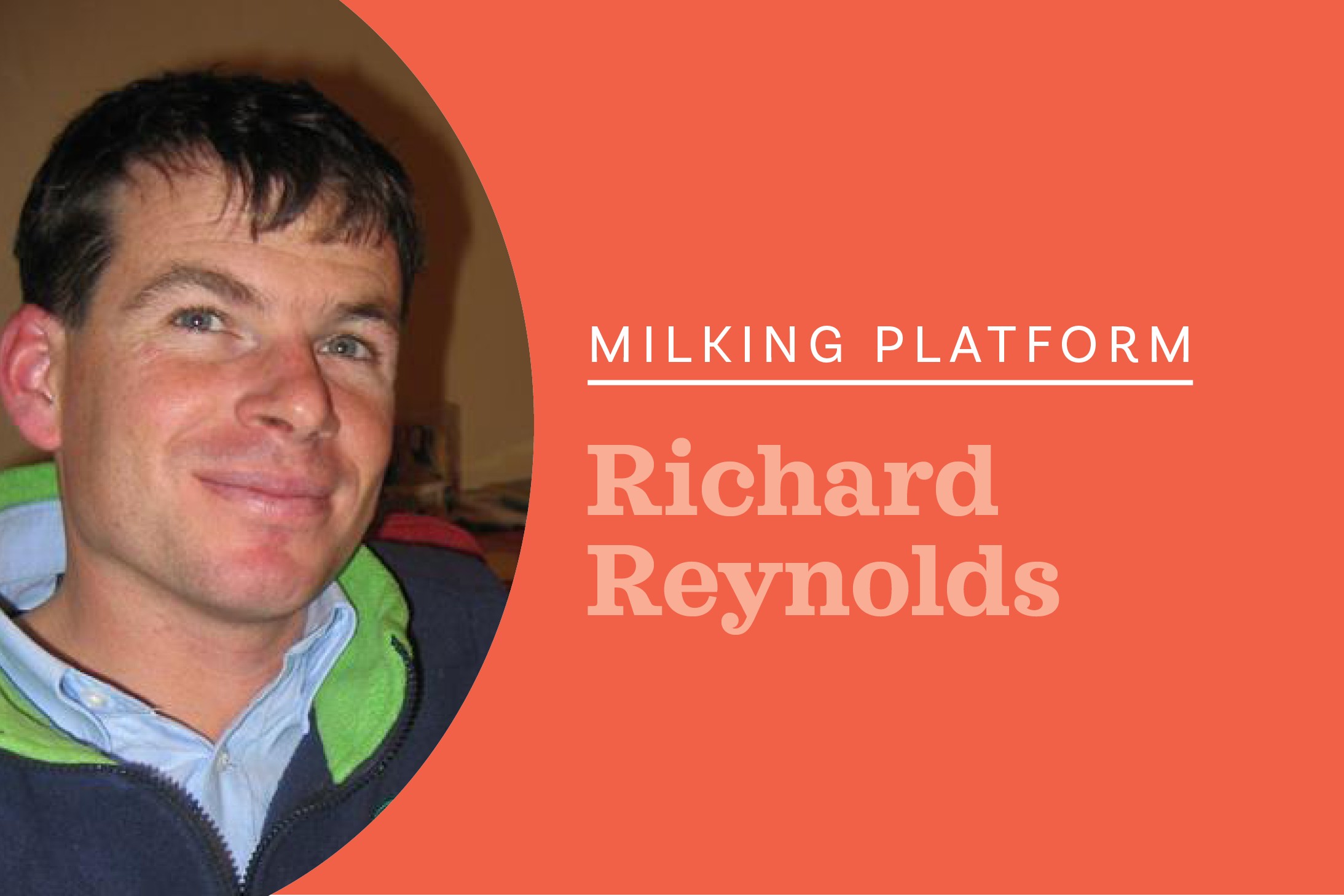Nic and Kirsty Verhoek are looking to change their nomadic lifestyle in the dairy industry.
It’s the time of year where those looking to a change in future employment are scouring the job vacancy websites, or others are formulating advertisements to attract the right people for their business.
Advancing on our dairy career pathway, we are scrolling through the ‘job vacancy’ lists and seeing what’s out there. We have changed it up a bit by not just relying on conventional methods (e.g: Fencepost). This has included approaching real estate agents marketing farms that have been for sale for some time, as well as approaching banks who have the inside word of clientele looking for staff.
Change can be daunting, but in many ways the unknown is an exciting prospect. We are looking forward to taking some financial risk and putting down longer-term roots. As often typical for many employed in the dairy farming industry, we have had a nomadic lifestyle for the past 10 years and so are keen to make this next move our last, at least for a while.
The job-hunting process is a great exercise for identifying what we are willing to compromise on (or not). For us, the big non-negotiable for any job we look at is infrastructure, namely the dairy shed and staff housing. Why? Because surrounding ourselves with the right team is important to a successful business and these are two variables that, as not being farm owners, we have little influence over.
Who wants to spend hours in the milking shed? Milking sheds that are dated or too small for the number of cows milked make work harder than it needs to be.
The modern cow has a greater capacity than she did 20 years ago. “That’s how we used to do it” no longer cuts the mustard. Who wants to live in a cold, damp house? Housing that does not meet the Government’s healthy homes standard are becoming less of the norm these days. So, infrastructure is important. It plays a big part in an individual’s level of happiness, and poor infrastructure is a waste of both time and money for everyone involved.
We are finding that those advertising job vacancies, after an initial discussion, are flexible in the types of contract being offered. Many farm owners seem to have a desire to make contracts/agreements work to attract the right people long-term. As we narrow down job options, consideration is given to the budget – what is going to ‘drop out the bottom’. Doing homework on the budget and financials is crucial and DairyNZ’s website has some great budgeting resources for working this out.
On the farm front: we have come to the end of our AI programme with some tailing of bulls to come and 100% of cows submitted over a five-week period. The big focus here in the windy, hot Wairarapa is managing our pasture quality and cow heat stress. A bit easier when you have irrigation on the majority of the 210-hectare milking platform, and a composting barn to provide shade.
Pasture growth is about 65kg drymatter/day with seed head emergence starting to challenge us in keeping to our 1600kg DM residual target. We are also getting mentally prepared for our upcoming autumn calving. Cows are producing well with an average of 1.8-1.9kg milksolids (MS)/cow across the herd, with spring calvers doing more than 2.0kg MS/cow.
We see the Christmas break as a good chance to recharge the batteries. Time off farm and with family is good for reminding us why we enjoy working in the dairy industry. Hopefully the unknown waters for our upcoming 2020 season will be less murky!





